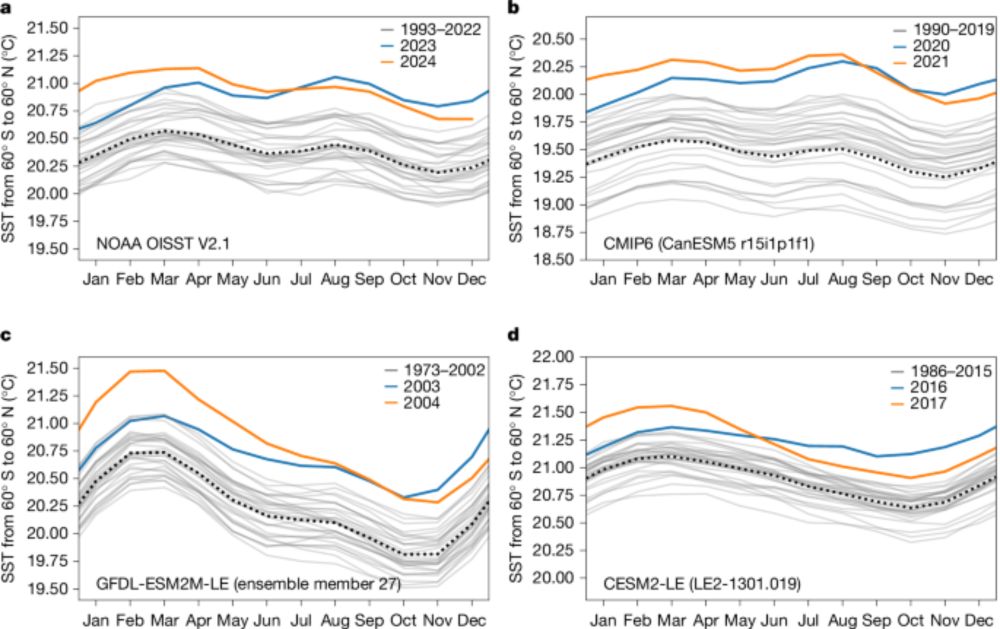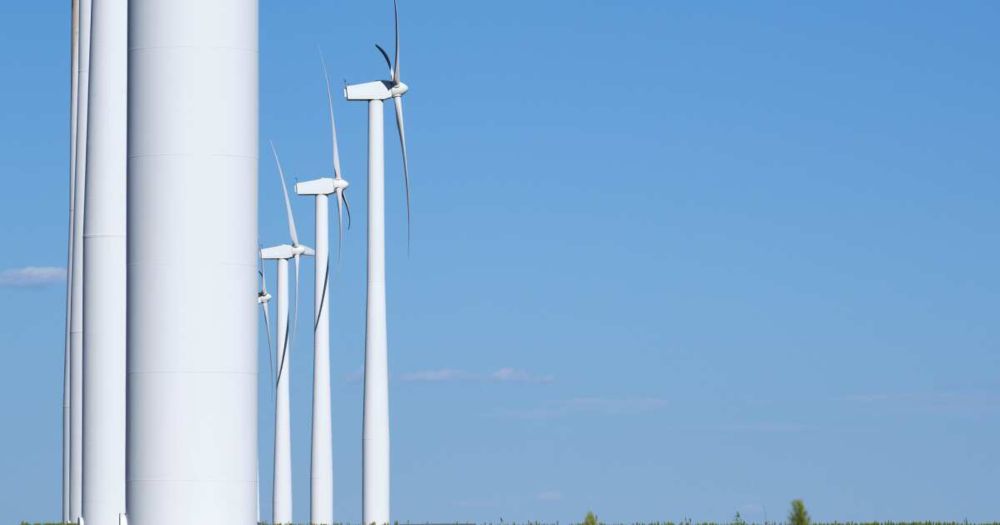


Credit: Net Zero Insights

Credit: Net Zero Insights
Their leadership is central to any serious plan to defend forests and keep the 1.5°C limit alive.
#IndigenousRights

Their leadership is central to any serious plan to defend forests and keep the 1.5°C limit alive.
#IndigenousRights
A panel of Australian scientists, including ACEAS Deputy Director @profmattengland.bsky.social (UNSW), today shared insights about abrupt changes unfolding across the #Antarctic environment at the #COP30 Cryosphere Pavilion.
Watch now: www.youtube.com/live/YjYkKvw...

A panel of Australian scientists, including ACEAS Deputy Director @profmattengland.bsky.social (UNSW), today shared insights about abrupt changes unfolding across the #Antarctic environment at the #COP30 Cryosphere Pavilion.
Watch now: www.youtube.com/live/YjYkKvw...
And that’s why we prioritize it in the new Drawdown Explorer.
Learn more about why protecting forests is one of the most powerful solutions for people, nature, and climate at: 🔗 https://bit.ly/4o2QWZp



And that’s why we prioritize it in the new Drawdown Explorer.
• Past 1.5°C, the risk of crossing tipping points increases
• Every 0.1°C increase = more heatwaves, wildfires, storms, & extreme precipitation with oversized damage to vulnerable communities & indigenous people

• Past 1.5°C, the risk of crossing tipping points increases
• Every 0.1°C increase = more heatwaves, wildfires, storms, & extreme precipitation with oversized damage to vulnerable communities & indigenous people

Data from NASA/GISS GISTEMPv4 (data.giss.nasa.gov/gistemp/).
Data from NASA/GISS GISTEMPv4 (data.giss.nasa.gov/gistemp/).
Additionally, 72% of Americans say they'd rather vote for a political candidate who supports protecting wildlife.
Why are basically no politicians paying attention to this?

Additionally, 72% of Americans say they'd rather vote for a political candidate who supports protecting wildlife.
Why are basically no politicians paying attention to this?
"...the record-shattering jump in surface ocean temperatures in 2023–2024 was an extreme event after which surface ocean temperatures are expected to revert to the expected long-term warming trend."
#TruthIsBadEnough
(h/t @flowinguphill.bsky.social)
Is it true that climate models cannot simulate such SST jumps? What is common to such jumps? How will SSTs evolve over the next months and years? Are we in uncharted territory? More from our recent study in Nature is here👇

"...the record-shattering jump in surface ocean temperatures in 2023–2024 was an extreme event after which surface ocean temperatures are expected to revert to the expected long-term warming trend."
#TruthIsBadEnough
(h/t @flowinguphill.bsky.social)
theprogressplaybook.com/2025/03/25/c...

theprogressplaybook.com/2025/03/25/c...
(Also doesn’t include the roughly 700,000 Level 2 chargers in residential homes)
www.latimes.com/california/s...

(Also doesn’t include the roughly 700,000 Level 2 chargers in residential homes)
www.latimes.com/california/s...
• about 600,000 km² below the 2010s mean
• about 1,010,000 km² below the 2000s mean
• about 1,510,000 km² below the 1990s mean
• about 1,890,000 km² below the 1980s mean
Plots: zacklabe.com/arctic-sea-i... 🧪⚒️🌊

• about 600,000 km² below the 2010s mean
• about 1,010,000 km² below the 2000s mean
• about 1,510,000 km² below the 1990s mean
• about 1,890,000 km² below the 1980s mean
Plots: zacklabe.com/arctic-sea-i... 🧪⚒️🌊

www.wri.org/insights/202...

www.wri.org/insights/202...
www.nytimes.com/interactive/...

www.nytimes.com/interactive/...


www.abc.net.au/news/2025-03...

www.abc.net.au/news/2025-03...


